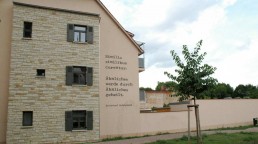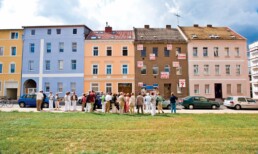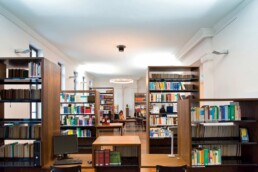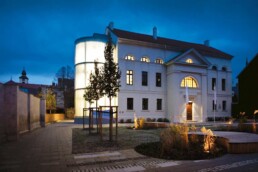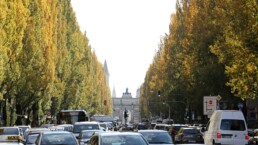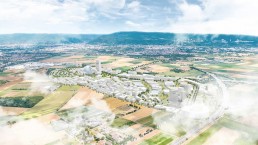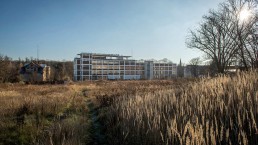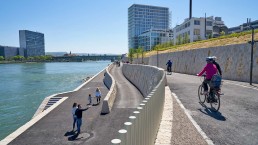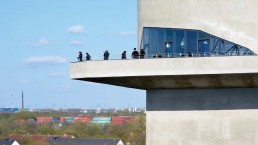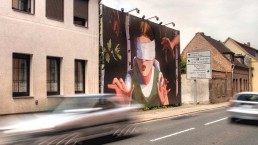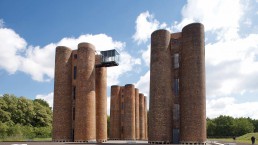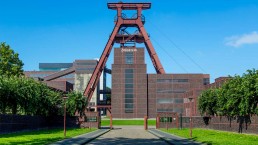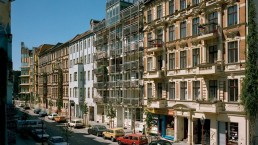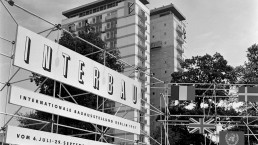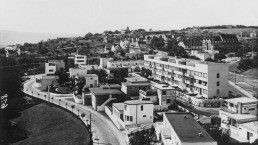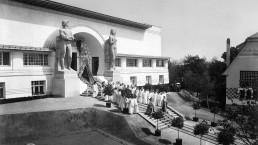Köthen (Anhalt)
Homeopathy as Driver for Urban Development
Köthen is considered the home of homeopathy, whose founder Samuel Hahnemann lived and practised here. The city tied in with this tradition and made the health sector the image factor and motor of urban development.The IBAIBA Internationale Bauausstellung process introduced the “homeopathic method” to urban planning.
The city with almost 29,000 residents is a homeopathic educational location of international standing. During the IBA Stadtumbau 2010 period, it succeeded in founding the European Homeopathy Library. For this purpose, the former monastery hospital Barmherzige Brüder was refurbished comprehensively. A Homeopathy Trail was also built in the city. In addition, an interdisciplinary urban planning experiment was conducted to test the extent to which the methods of homeopathy can be applied to urban planning. With this healing method, small doses of medication are supposed to stimulate the self-healing powers, while the disease is amplified in a controlled manner in order to cause a reaction. A working group of urban planners and homeopaths carried out a planning anamnesis and tested the method on site: In Ludwigstraße, 17 vacant buildings were to be demolished for economic reasons. A provocative intervention took place to heighten the crisis in a controlled manner. The street lights were switched off, while the buildings to be demolished were lit with bright spotlights. This graphically presented the extent of the demolition project to the residents, which motivated them to commit to their city again. Residents purchased four buildings, refurbished them and layed out new gardens. Bit by bit, Ludwigstrasse was given a new face. As in homeopathy, the recovery process was monitored and controlled continuously, with the planners serving as moderators in a process.
AddressHomöopathische Bibliothek (Homeopathic Library):
Wallstraße 48, 06366 KöthenProject participantsIBA office: Sonja Beeck
IBA experts: Birgit Schmidt, Marco Mehlin
City of Köthen: Werner Georges, Kerstin Jirsch, Ina Rauer, Kurt-Jürgen Zander
Homöopathie und Wissenschaftsservice GmbH: Hans Werner Thote
European Homeopathy Library: Sabine Radtke
“Coethen Method” Think Tank: Sonja Beeck, Marco Mehlin, Stephanie Otto, Birgit Schmidt
Expert advisors: Omar Akbar, Elke Plate, Regina Sonnabend, Christine Weiske, Andreas Wolf
Ludwigstraße/Friedenspark working group: Sonja Beeck, Nadine Bugner, Jutta Hübner, Cordula Mai-Zorn, Curt Kösters, Ina Rauer, Birgit Schmidt, Hans-Werner Thote, Michael Zimmer
Homeopathic doctors: Lars Broder-Stange, Jutta Hübner, Cordula Mai-Zorn, Curt Kösters Karl, Wilhelm Steuernagel
Ludwigstraße competition: Bach/Schwarzbrunn/Zabries Architektenbüro (Stendal), Dietzsch & Weber Architekten, (Halle / Saale), DS Architects (Köthen), Ingenieure Banisch (Köthen)
Designers:
Architects/Monument preservation/Outdoor areas: Holger Brülls, Michael Zimmer, Planungfreiraum Berlin
Rucksack hotel installation: Kerstin Faber
Final presentation workshop on-site: Ina Rauer, Sonja Beeck, Kerstin Faber, Ursula Achternkamp, Matthias Brettschneider, René Weiszbarth / Final Presentation 2010: Stefan Adlich (Leipzig), Tom Unverzagt (Leipzig)Sources and further information:Ministerium für Landesentwicklung und Verkehr des Landes Sachsen-Anhalt (Hrsg.): Internationale Bauaustellung Stadtumbau Sachsen-Anhalt 2010: Weniger ist Zukunft. 19 Städte – 19 Themen, 2010.Linkshttp://www.homoeopathie-koethen.de
Homeopathic Libraries
http://www.iba-stadtumbau.de
